- Change your position… If you can, switch between sitting and standing as well as taking frequent breaks to get up and do a few stretches, especially those that put you in the opposite position (i.e. extension) as the one you have been stuck in (i.e. flexion).
- Place your monitor directly in front of you… Turning your head to look at the monitor and staying in that rotated position for an extended period of time can put a lot of stress on your neck muscles.
- Position your monitor at eyebrow level… If your monitor is too high or too low, this could cause a strain on your neck muscles. Whether you are sitting or standing, the top of the monitor should be at your eyebrow level to help reduce the strain. If you have a laptop, try placing it on a stack of books to raise it up.
- Have your keyboard sit at elbow level… Whether sitting or standing, the keyboard should be at a height that maintains your hand in line with your forearm (or at a minimal extension of 20-30 degrees). Your shoulders should be able to be relaxed when your elbows are bent at 90 degrees.
- Find an adjustable office chair… In order to maintain good posture and to keep your body from slouching, the seat of the chair should be horizontal/flat or even tilted slightly forward. Your feet should be able to rest comfortably on the ground so that your hips are at approximately 90 degrees.
